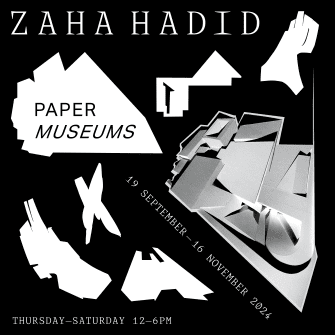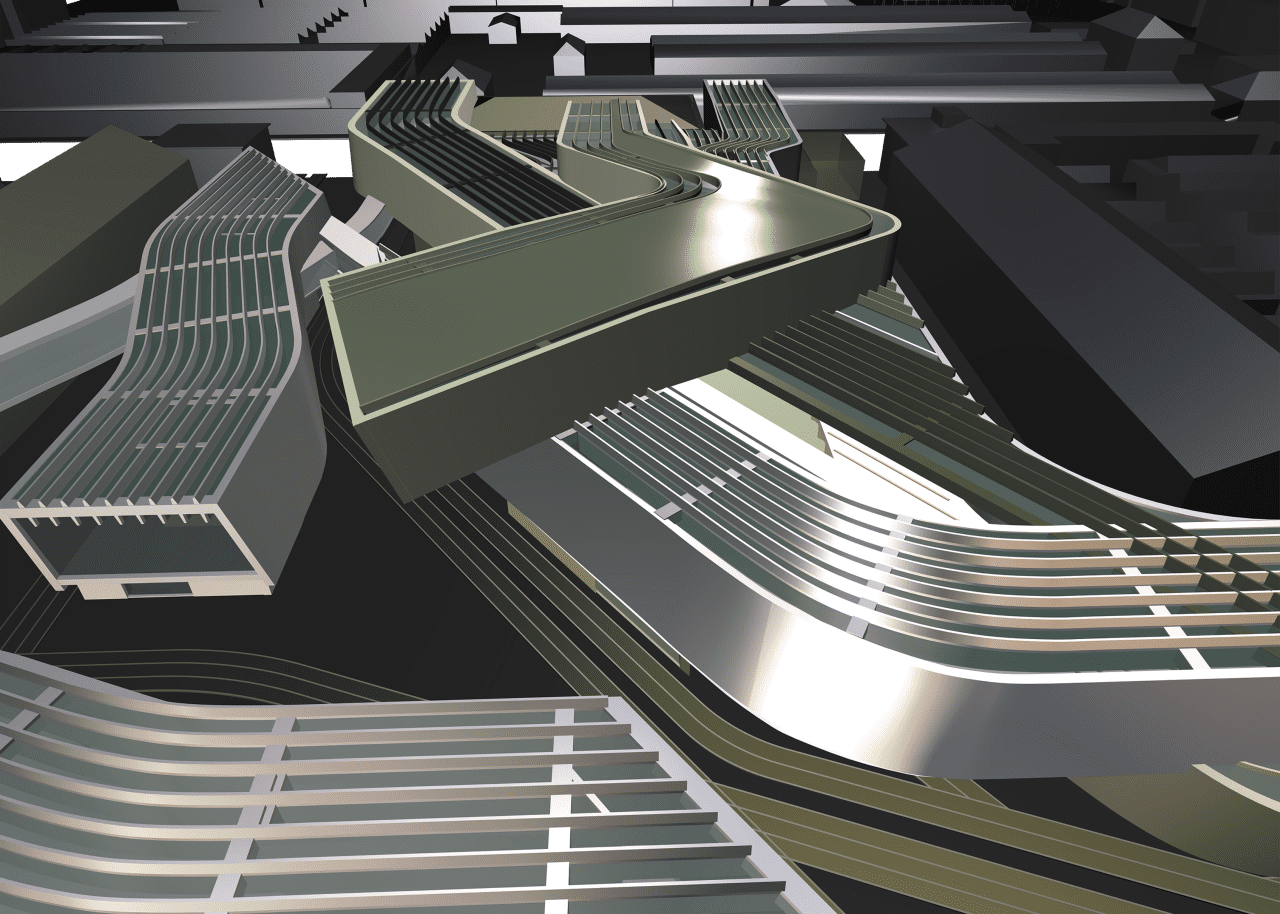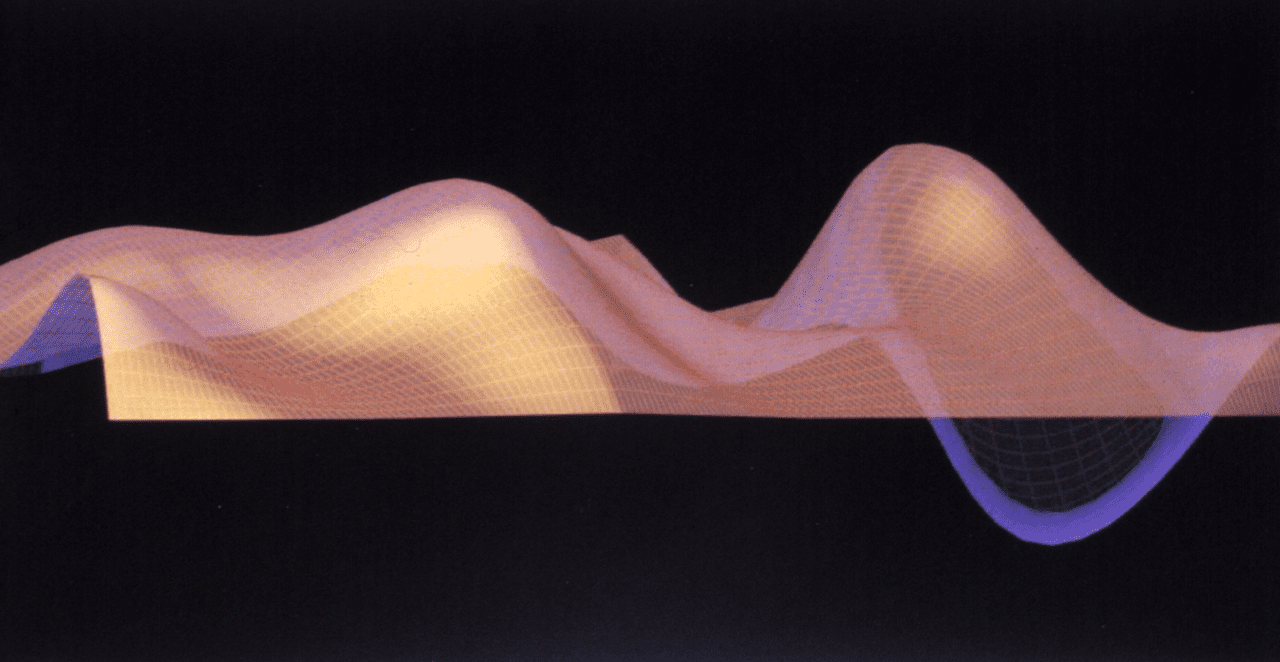Workshop – Hybrids and Hyperdimensional Objects: The Quest for New Media in Architecture
During the mid-1990s into the early 2000s, Zaha Hadid’s architecture design techniques evolved dynamically and transitioned from analogue paintings, drawings and models to the use of the digital, including complex three-dimensional volumes. Her early elaborate techniques of projective distortion – used as device to show a multitude of elements in one view – were often seen to set precedent for computer-based techniques, including the deformation and the modelling of fields.
In the current exhibition Zaha Hadid: Paper Museums, reliefs models constructed of cut and folded white paper, card and foamcore, represent a hybrid technique that mutates objects from drawing to sculpture, and from sculpture to structure. The models frequently become instrumental prompts for the increasingly conceptual connections between floors and landscape, enhancing and complementing Hadid’s strategy to increase the ground permeability and surface continuity. This is evident in horizontal projects like MAXXI, in vertical projects like CAC, and stretched morphologies like the Museum of Islamic Art. In the quest for a new media, certain ground manipulations like excavation, cutting, peeling and tilting, as well as complex stratifications and smoothed fragmented fields of forces, reveal ‘in-between’ processes and hyper dimensionality.
This workshop on Friday 1 November 2024 from 14:00-17:00 seeks to discuss novel approaches to architectural design, making and researching, that dissolve and expand analogue-digital divides. The topics discussed during this workshop might include subjects like notions of craft and digital craft; imagination beyond tools and tools for imagination; the pre-digital or proto-digital pedigree (focusing on retro CAD or emerging techniques of form-giving such as “trace and loft”); generative components, morphing, reprogrammable manipulators, aesthetic assemblages, topology deformations and AI diffusion models, as well as alternative “translations’” and digital evolutions (like “void modellers” and “shape grammars” software).
Convened by Laura Nica, University of Westminster/ZHF AHRC Techne Collaborative Doctoral Award Student
Mario Carpo, Professor of Architectural History, The Bartlett School of Architecture, UCL
Roberto Bottazzi, Associate Professor, The Bartlett School of Architecture, UCL
Christos Passas, Architect, Director Zaha Hadid Architects
Mike Tonkin, Architect, Director of Tonkin Liu and teacher
Tim Fu, Architectural designer, AI design technologies, founder of Studio Tim Fu
Speakers will present on their work individually, followed by a roundtable discussion at the end.


